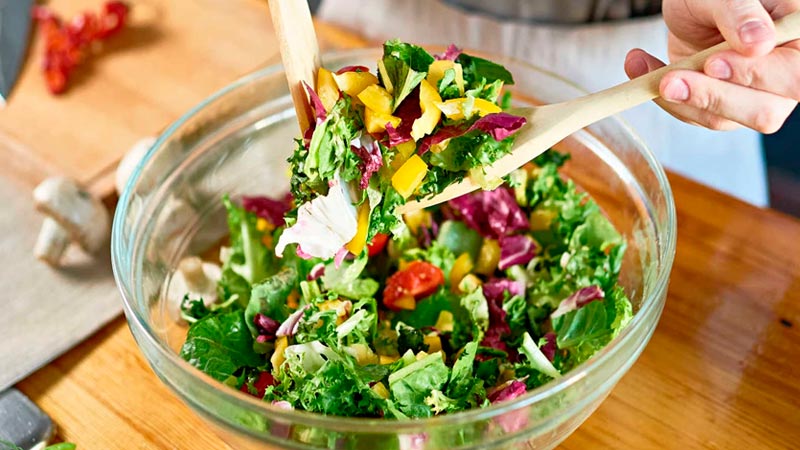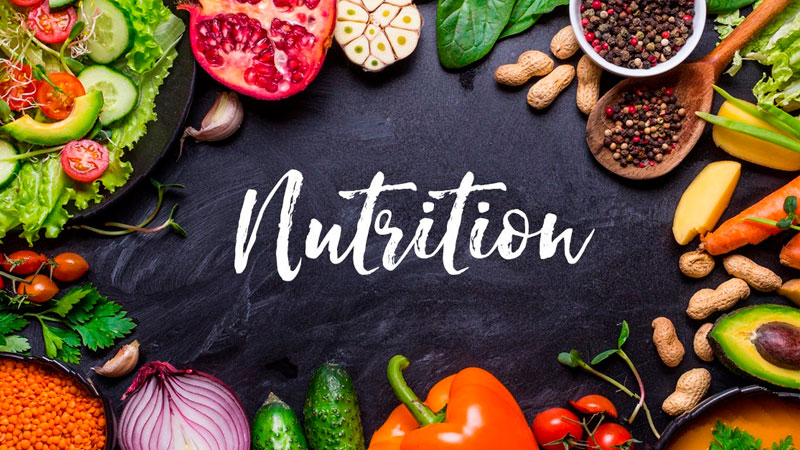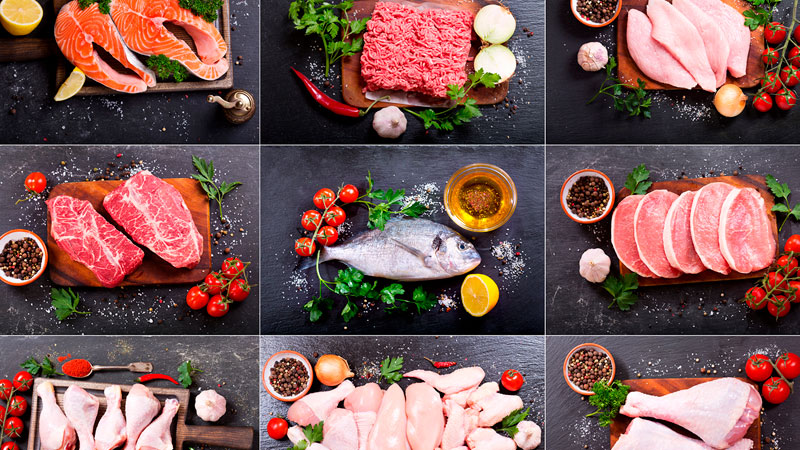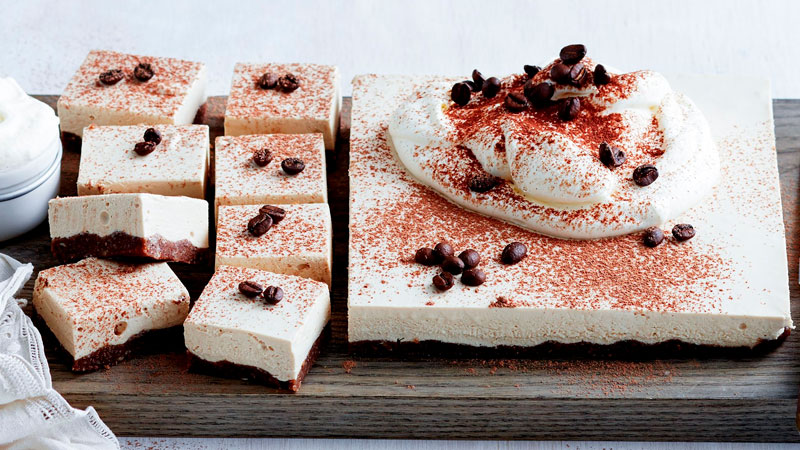High volume low calorie foods are becoming increasingly popular among health-conscious individuals who want to lose weight or maintain a healthy lifestyle. These types of foods are known for their ability to fill you up without adding too many calories to your diet.
Table of Contents
They are also packed with essential nutrients that your body needs to function properly.
A healthy and balanced diet is essential for maintaining an active lifestyle and promoting overall well-being. Among the nutritional strategies gaining prominence in recent years, high volume, low-calorie foods have emerged as a smart option for those looking to manage their weight and improve their health.
Some examples of high volume low calorie foods include fruits and vegetables, lean proteins, whole grains, and legumes. These foods are not only low in calories but also high in fiber, which helps you feel full for longer periods of time. This can help you avoid overeating and make it easier to stick to a healthy diet.
In this article, we will explore the benefits of high volume low calorie foods and provide some tips on how to incorporate them into your diet. Whether you are looking to lose weight or simply want to improve your overall health, these foods can be a great addition to your daily meals.
What are High Volume Low Calorie Foods?
High volume low calorie foods are those that provide a large amount of food for relatively few calories. These types of foods are great for people who want to lose weight or maintain a healthy weight without feeling hungry all the time.
One of the main benefits of high volume low calorie foods is that they can help people feel full and satisfied without consuming too many calories. This is because these foods are usually high in fiber and water, which can help fill up the stomach and reduce hunger.
Some examples of high volume low calorie foods include:
-
Fruits and vegetables: These foods are typically low in calories and high in fiber and water, making them great choices for people who want to feel full without consuming too many calories.
-
Lean proteins: Foods like chicken, fish, and tofu are high in protein, which can help people feel full and satisfied. They are also usually low in calories, making them great choices for people who want to lose weight.
-
Whole grains: Foods like brown rice, quinoa, and whole wheat bread are high in fiber and can help people feel full and satisfied. They are also usually lower in calories than their refined counterparts.
It's important to note that not all high volume foods are low in calories. Some foods, like nuts and avocado, are high in calories but can still be part of a healthy diet in moderation.
Overall, incorporating high volume low calorie foods into your diet can be a great way to feel full and satisfied while maintaining a healthy weight.
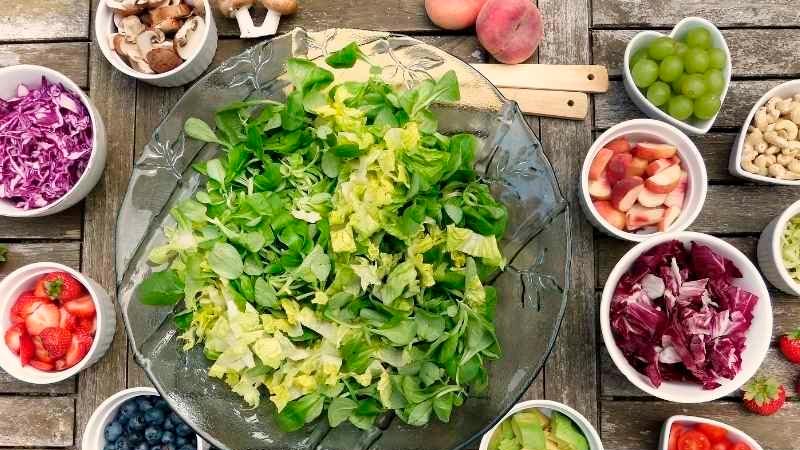
Benefits of High Volume Low Calorie Foods
High volume low calorie foods have become increasingly popular in recent years due to their numerous health benefits. These foods are typically low in calories but high in fiber, water, and nutrients, which means that they can help you feel full and satisfied without consuming too many calories.
Here are some of the benefits of incorporating high volume low calorie foods into your diet:
-
Weight loss: High volume low calorie foods can help you lose weight by reducing your overall calorie intake. Because these foods are low in calories, you can eat a larger volume of them without consuming too many calories. This can help you feel full and satisfied while still losing weight.
-
Improved digestion: High volume low calorie foods are typically high in fiber, which can help improve digestion and prevent constipation. Fiber also helps regulate blood sugar levels and can reduce the risk of certain health conditions, such as heart disease and diabetes.
-
Increased nutrient intake: High volume low calorie foods are often rich in vitamins, minerals, and other nutrients that are essential for good health. By incorporating these foods into your diet, you can increase your nutrient intake without consuming too many calories.
Some examples of high volume low calorie foods include:
-
Vegetables: Broccoli, cauliflower, carrots, celery, cucumbers, lettuce, spinach, and other leafy greens are all low in calories but high in fiber, water, and nutrients.
-
Fruits: Apples, berries, grapefruit, oranges, and other fruits are also low in calories but high in fiber, water, and nutrients.
-
Whole grains: Whole grains like brown rice, quinoa, and whole wheat bread are high in fiber and other nutrients but lower in calories than refined grains.
Overall, incorporating high volume low calorie foods into your diet can help you lose weight, improve digestion, and increase your nutrient intake.
Common High Volume Low Calorie Foods
Eating high volume low calorie foods can help you feel full and satisfied while still maintaining a healthy weight. Here are some common foods that are both filling and low in calories:
Vegetables
Vegetables are a great source of fiber and nutrients, and many of them are also low in calories. Here are some examples of high volume low calorie vegetables:
- Broccoli: A cup of chopped broccoli has only 55 calories and 2.6 grams of fiber.
- Carrots: A cup of sliced carrots has only 52 calories and 3.6 grams of fiber.
- Spinach: A cup of raw spinach has only 7 calories and 0.7 grams of fiber.
- Bell peppers: A cup of sliced bell peppers has only 46 calories and 2.5 grams of fiber.
Fruits
Fruits are another great source of fiber and nutrients, and many of them are also low in calories. Here are some examples of high volume low calorie fruits:
- Apples: A medium-sized apple has only 95 calories and 4.4 grams of fiber.
- Oranges: A medium-sized orange has only 62 calories and 3.1 grams of fiber.
- Grapefruit: Half a grapefruit has only 52 calories and 2.6 grams of fiber.
- Strawberries: A cup of sliced strawberries has only 49 calories and 2.9 grams of fiber.
Lean Proteins
Protein is important for building and repairing muscles, and it can also help you feel full and satisfied. Here are some examples of high volume low calorie proteins:
- Chicken breast: A 3-ounce serving of skinless, boneless chicken breast has only 140 calories and 26 grams of protein.
- Turkey breast: A 3-ounce serving of skinless, boneless turkey breast has only 120 calories and 26 grams of protein.
- Tuna: A 3-ounce serving of canned tuna in water has only 73 calories and 16 grams of protein.
- Shrimp: A 3-ounce serving of cooked shrimp has only 84 calories and 18 grams of protein.
Whole Grains
Whole grains are a good source of fiber and nutrients, and many of them are also low in calories. Here are some examples of high volume low calorie whole grains:
- Brown rice: A cup of cooked brown rice has only 218 calories and 3.5 grams of fiber.
- Quinoa: A cup of cooked quinoa has only 222 calories and 5.2 grams of fiber.
- Oats: A cup of cooked oats has only 166 calories and 4 grams of fiber.
- Barley: A cup of cooked barley has only 193 calories and 6 grams of fiber.
Incorporating High Volume Low Calorie Foods into Your Diet
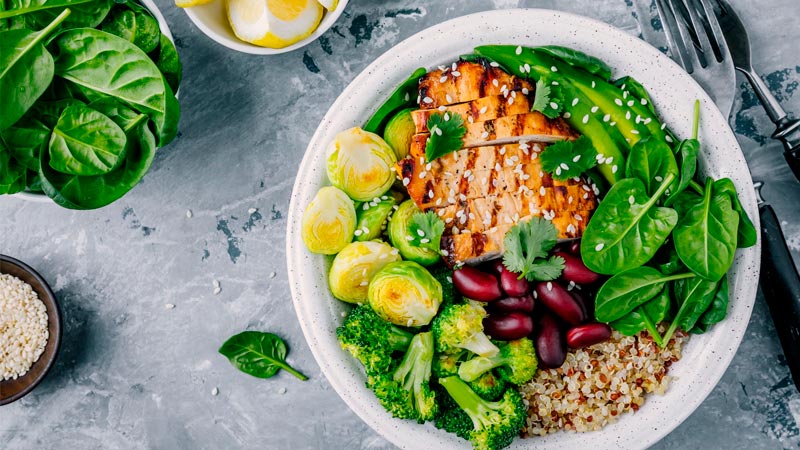
Meal Planning
When incorporating high volume low calorie foods into your diet, it's important to plan your meals ahead of time. This can help ensure that you have the right foods on hand and prevent you from reaching for unhealthy options when you're hungry.
One strategy is to start your meals with a salad or a bowl of broth-based soup. This can help fill you up and reduce your overall calorie intake. You can also add high volume low calorie foods to your main dishes, such as vegetables, fruits, and lean protein sources like chicken or fish.
Another helpful tip is to use smaller plates and bowls. This can help you control your portion sizes and make it easier to incorporate more high volume low calorie foods into your meals.
Snack Ideas
Snacking can be a challenge when you're trying to incorporate high volume low calorie foods into your diet. However, there are plenty of options that can help you stay on track.
One idea is to snack on raw vegetables, such as carrots, celery, and cucumbers. These are low in calories and high in fiber, which can help you feel full and satisfied.
Another option is to snack on fruits, such as apples, berries, and oranges. These are also low in calories and high in fiber, as well as vitamins and minerals.
You can also try snacking on air-popped popcorn or rice cakes. These are low in calories and can provide a satisfying crunch.
Overall, incorporating high volume low calorie foods into your diet can be a great way to reduce your overall calorie intake and improve your health. With a little planning and creativity, you can enjoy a wide variety of delicious and nutritious foods while still staying on track.
Potential Challenges and Solutions
Addressing Hunger
One of the biggest challenges when consuming high volume low calorie foods is feeling hungry shortly after eating. This is because these foods are often low in calories and may not provide the same level of satiety as higher calorie foods. However, there are several solutions to this issue:
-
Incorporate high fiber foods: Foods high in fiber can help keep you feeling full for longer periods of time. Examples include whole grains, fruits, vegetables, and legumes.
-
Drink plenty of water: Drinking water before and during meals can help fill your stomach and reduce hunger.
-
Eat protein-rich foods: Protein can help increase feelings of fullness and reduce appetite. Good sources of protein include lean meats, fish, eggs, and tofu.
Managing Cravings
Another challenge when consuming high volume low calorie foods is managing cravings for higher calorie, less healthy foods. Here are some solutions:
-
Plan ahead: Plan your meals and snacks in advance to avoid impulsive eating.
-
Keep healthy snacks on hand: Keeping healthy snacks like fruit, nuts, and vegetables on hand can help satisfy cravings without derailing your diet.
-
Practice mindful eating: Take time to savor and enjoy your food, and pay attention to your hunger and fullness cues.
Overall, while there may be challenges when consuming high volume low calorie foods, there are many solutions to help overcome them and maintain a healthy diet.
Conclusion
Incorporating high volume, low calorie foods into one's diet can be an effective strategy for weight loss and weight maintenance. These foods provide a feeling of fullness and satiety while also being low in calories, making them a great addition to any meal or snack.
Some examples of high volume, low calorie foods include fruits and vegetables such as berries, apples, cucumbers, and leafy greens. These foods are not only low in calories, but also high in fiber, vitamins, and minerals, making them a nutritious choice.
Other options include lean proteins such as chicken breast, fish, and tofu, as well as whole grains like quinoa and brown rice. These foods provide a good balance of macronutrients and can help keep you feeling full for longer.
It's important to note that while high volume, low calorie foods can be a helpful tool for weight loss, they should not be relied on as the sole method for achieving weight loss goals. A balanced diet that includes a variety of nutrient-dense foods and regular physical activity is key for long-term weight management and overall health.
Overall, incorporating high volume, low calorie foods into your diet can be a simple and effective way to support your weight loss and health goals.
Eat well, live better!
